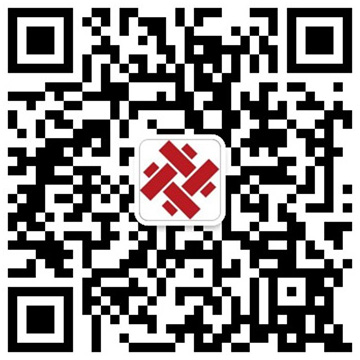Understanding blood coagulation volume: normal range and health significance
In the field of medical health, blood coagulation function is a key link in maintaining the normal physiological state of the human body. Blood coagulation volume, usually measured by coagulation-related indicators, plays an important role in judging the health status of the human body. So, what is the normal amount of blood coagulation? This issue is related to the diagnosis and treatment of many patients, and has also attracted much attention from medical professionals and the public.
Generally speaking, the commonly used coagulation function test indicators in clinical practice include prothrombin time (PT), activated partial thromboplastin time (APTT), thrombin time (TT) and fibrinogen (FIB).
The normal ranges of these indicators are:
Prothrombin time (PT) is usually between 10 and 14 seconds, and it is clinically significant if it exceeds the normal control by more than 3 seconds;
The normal range of activated partial thromboplastin time (APTT) is 25 to 37 seconds, and if it exceeds the normal control by more than 10 seconds, it should be taken seriously;
The normal thrombin time (TT) is 12 to 16 seconds, and exceeding the normal control by more than 3 seconds indicates that there may be abnormalities;
The normal content of fibrinogen (FIB) is between 2 and 4g/L.
However, it should be noted that due to differences in the inspection methods, reagents and instruments used by different hospitals, the normal range of coagulation values may be slightly different. Therefore, the specific normal reference range should be based on the report form of the hospital where the patient is treated.
Abnormal coagulation volume is often closely related to a variety of diseases. When the coagulation volume is too high, it may be due to diseases such as thrombocytosis, polycythemia vera, and disseminated intravascular coagulation, which increase the blood coagulation and thus increase the risk of thrombosis. In addition, some drugs such as anticoagulants (heparin, warfarin), antiplatelet drugs (aspirin, clopidogrel), chemotherapy drugs, and treatments such as hemodialysis and extracorporeal membrane oxygenation (ECMO) may also affect the coagulation function, resulting in excessive coagulation. On the contrary, abnormal coagulation function may also be caused by hereditary coagulation factor deficiency, vitamin K deficiency, thrombocytopenia, excessive use of anticoagulants, and coagulation factor consumption diseases. These conditions can lead to blood coagulation disorders and are prone to bleeding.
For the public, it is very important to understand the normal range of coagulation volume and the relevant knowledge of abnormal coagulation function. If abnormal coagulation volume is found during a physical examination or medical treatment, a doctor should be consulted in time to clarify the cause and take appropriate treatment measures. At the same time, regular physical examinations and maintaining a healthy lifestyle are also positive for maintaining normal coagulation function.
Beijing Succeeder Technology Inc. (stock code: 688338) has been deeply engaged in the field of coagulation diagnosis since its establishment in 2003, and is committed to becoming a leader in this field. Headquartered in Beijing, the company has a strong R&D, production and sales team, focusing on the innovation and application of thrombosis and hemostasis diagnostic technology.
With its outstanding technical strength, Succeeder has won 45 authorized patents, including 14 invention patents, 16 utility model patents and 15 design patents. The company also has 32 Class II medical device product registration certificates, 3 Class I filing certificates, and EU CE certification for 14 products, and has passed ISO 13485 quality management system certification to ensure the excellence and stability of product quality.
Succeeder is not only a key enterprise of the Beijing Biomedicine Industry Leapfrog Development Project (G20), but also successfully landed on the Science and Technology Innovation Board in 2020, achieving leapfrog development of the company. At present, the company has built a nationwide sales network covering hundreds of agents and offices. Its products are sold well in most parts of the country. It is also actively expanding overseas markets and continuously improving its international competitiveness.


 Business card
Business card Chinese WeChat
Chinese WeChat English WeChat
English WeChat